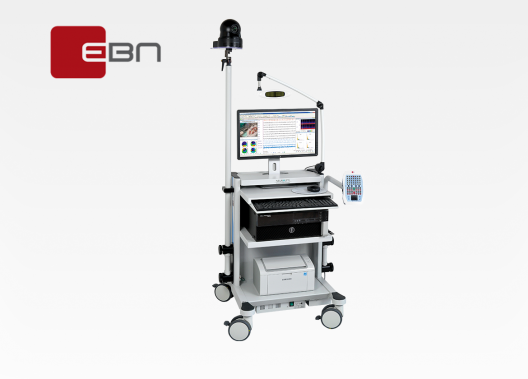
Standardized ictal testing protocols and standardized computer-based organized reporting should further improve standards of VEM and training of EMU staff, and facilitate data exchange and collaborations between EMUs.Įpileptic seizures Ictal testing Psychogenic nonepileptic seizures Safety Seizure management Standardized EEG reporting Standards Video-EEG monitoring.Ĭopyright © 2019 Elsevier B.V. Indicators for reporting quality and safety have been developed. Patient safety is of utmost importance during VEM. The purpose of video EEG monitoring is to record brain wave activity between and during seizures, and to have a video picture of what happens during a typical. Cardiorespiratory monitoring including continuous ECG monitoring and continuous measurement of oxygen saturation is strongly recommended.

EEG recordings have to be performed according to established guidelines. Antiepileptic drug tapering/withdrawal needs to be individualized for each patient. Minimum staffing ratios of dedicated healthcare professionals to patients have been recommended. Staff working in the EMU needs to be properly trained in the management of seizures and periictal testing according to written protocols as well as in cardiopulmonary resuscitation.

Patients should be provided with comprehensive information concerning purpose and procedures during VEM and need to sign informed consents. Standardized questionnaires and examinations should be used on admission to the epilepsy monitoring unit (EMU). Indications for video-EEG monitoring (VEM) include differential diagnosis of paroxysmal events including epileptic seizures, organic nonepileptic seizures, and psychogenic nonepileptic seizures classification of seizure types and electroclinical syndromes quantification of seizures and of interictal and ictal epileptiform discharges and presurgical evaluation in medically refractory epilepsy patients.


 0 kommentar(er)
0 kommentar(er)
